The Winehog sometimes travels to the southern part of France. Perhaps even more surprisingly I also have a soft spot for rosé wines – a love affair going back 20 years to a stay in Paris.
I enjoy a good rosé, as these chilled wines – preferably with a balancing hint of tannin – offer lovely culinary accompaniment during the summer.
My question is, however: How good are these cherished pink delights? To find out, I assembled a flight of six Provencal wines from 2018 to establish a rosé benchmark against which I could test a few other wines.
Rosé: Only a few admit to adoring the best
Rosé is enjoyed by many, but collected by relatively few. It is even rarer to meet people with a deep interest and knowledge of rosé wines.
Rosé is a different ballgame – a wine for enjoyment; bought, consumed and, to a certain degree, forgotten as a summer fling.
The name of the game is often the latest vintage (currently 2018; even the 2017s are “old” in rosé terms), and in reality tasting a Tempier 2017 against the delightfully fruity 2018 underlines this phenomenon. According to seasoned rosé drinkers, it is indeed about drinking the latest vintage – and not looking back to older vintages.
A new vintage = a new infatuation!
Establishing the baseline
Bandol rosé is in my view the king of the Côte d’Azur and the queen of luxury summer living – casual enjoyment with no regrets.
A classic Bandol is a wine priced below 40 EUR which, depending on your location, can be found for significantly less.
A Bandol should not be a 100 EUR lieu-dit or luxury cuvée. It should have a price indicating its purpose of casual enjoyment and careless joie de vivre – drink and enjoy – without caring about the vintage or the grapes. Above all, the supply should be ample and free-flowing.
So what is the baseline for these wines? The baseline of tradition!
Domaine Ott and Domaine Tempier are two of the great, traditional brands in this world of delights. These are of course commercial brands with a relatively large portfolio of wines covering every need, so to speak. But in the world of the Winehog, tradition should take us back to the wine’s roots – and metaphorically to the cafe tables of Cannes or Nice. Essential enjoyment and joie de vivre.
The essence of Domaine Ott Bandol is the cuvée Château Romassan – from vines acquired by the Ott family back in 1956. The two other Domaine Ott estates are in the Côtes de Provence appellation: Château de Selle and Clos Mireille. It should be noted that Domaine Ott was founded by the Alsacian Engineer Marcel Ott back in 1912, begging the question: What on earth did one do to enjoy the laid-back lifestyle before then?
The second wine I have chosen as a baseline is from Domaine Tempier, also a Bandol wine and from an estate founded even earlier, in 1834, that was producing wines at a high level even before the turn of the century.
These are two iconic wines that have set the Bandol rosé standard for decades. So: Do they stack up? Or are there other estates/producers that are delivering better wines these days?
Let’s find out…
The Bandol core
The Bandol rosé core for me is two wines: Domaine Ott Château Romassan and Domaine Tempier. While they are related aromatically, they are somewhat different in expression.
Domaine Ott, Château Romassan rosé 2018
AOC Bandol
Mourvèdre (50%), Cinsault (30%), Grenache (20%).
The Château Romassan rosé 2018 is a magnificent, mineral-driven Bandol. Chilled, it has a lovely, almost German, limestony minerality reflecting the soil of limestone, sandstone and sandy marl. It has a regal mineral feel, and the fruit is refined and delicate. The nose has hints of citrus fruits, an ever-so-slight tinge of pine-needles, and fruit tart with raspberries and wild strawberries. On the palate, red forest berries and pink grapefruit. A refined and elegant wine with lovely complexity and, for me, the queen of Bandol.
(Drink From 2019) – Fine (91 – 92p) – Tasted 20/07/2019.
Wine from:
Østjysk Vinforsyning
Navervej 21 – 8382 Hinnerup
WWW: Østjysk Vinforsyning
—-
Domaine Tempier rosé 2018
AOC Bandol
Mourvèdre (50 %), Grenache (28%), Cinsault (20%), Carignan (2%).
The Tempier rosé is a more powerful and somewhat more rustic wine, but nevertheless a magnificent rosé. The bouquet is expressive and mineral, with the classic hint of pink grapefruit and framboise. On the palate, again crushed raspberries leading to a round and weighty finish with mineral notes and hints of liquorice root.
(Drink From 2019) – Very Good (90 – 91p) – Tasted 20/07/2019.
Wine from:
Theis Vine
Charlottenlund Stationsplads – 2920 Charlottenlund
WWW: Theis Vine
—-
Looking at the two benchmark wines we find quite a resemblance, reflecting the grapes used. That aside, the Ott is the more elegant wine while the Tempier is slightly more robust and even somewhat rustic – like comparing Chambolle (Ott) and Gevrey-Chambertin (Tempier). I do like both, and they are on the same level quality-wise.
The quality brings to mind a top-end Burgundian village wine. These rosés do give a distinct terroir impression, but without the greatness and depth of a grand terroir. Hence 92 points seems to be a maximum score here – or is it?.
The other contenders (or players, if you like)
The rosé market is large, competitive and commercial, thus spawning many new wines looking for a share of the market’s top end.
The first one is Whispering Angel, created by Sacha Lichine – the son of Alexis Lichine, whom we know from both Burgundy and Bordeaux.
Caves d’Esclans Whispering Angel rosé 2018
AOC Côtes de Provence
Grenache, Rolle, Cinsault, Syrah, and Mourvedre
Whispering Angel is made from purchased grapes as well as grapes from the Château d’Esclans. This is a mega-brand, producing around 3 million bottles per year. It’s not the top cuvée – that is the Château d’Esclans Garrus – and there are second and third labels from the chateau known as Les Clans. Whispering Angel is, however, the wine in the glass here. It is a rich and pleasing wine with a nice mineral impression that is somewhat amorphous – no distinction or precision. It is slightly sweeter than the two Bandols mentioned above, and I believe it is the Mourvèdre that gives the Bandols an edge. It’s quite elegant and well made, with red berries and a citrus hint. Given the production, an impressive wine. It does drink well despite its somewhat obvious commercial intent.
(Drink From 2019) – Very Good (88 – 89p) – Tasted 20/07/2019.
Wine from:
Kjær og Sommerfelt
Gammel Mønt 4 – 1117 København K
WWW: Kjær og Sommerfelt
—-
Next up is Ultimate Provence. As the name implies, a modern and commercial product. One look at the bottle underscores the commercial focus. The product is, however, made by the Provence Rosé Group, which also owns estates like Chateau des Bertrands (see below).
Ultimate Provence rosé 2018
AOC Côtes de Provence
Grenache Noir (30%) Cinsault (30%) Syrah (30%) Rolle (10%)
Ultimate Provence is a slightly different beast, as the Syrah accounts for 30% of the grapes used. This gives a slightly more sturdy stance, but also a somewhat semi-hollow mid-palate, with some tannins/bitterness in the finish. Not as floral or mineral as the three previous wines tasted, it lacks some depth in the fruit. It’s not a poor wine, and will provide a nice pairing with the right food. Somehow lacking the balance of the Lichine cuvée.
(Drink From 2019) – Good (85p) – Tasted 20/07/2019.
Wine from:
Theis Vine
Charlottenlund Stationsplads – 2920 Charlottenlund
WWW: Theis Vine
—-
Another large estate in the Provence Rosé Group is the Chateau des Bertrand. It produces two rosés, with the eponymous cuvée tasted here.
Chateau des Bertrand rosé 2018
AOC Côtes de Provence
Grenache Noir (70%), Rolle (5%), Cabernet Sauvignon (5%), Cinsault (5%), Syrah (15%)
More grenache and more generous sweetness … rich, almost velvety, offering red berries, a hint of citrus and a slight hint of white pepper and rose petals. On the palate, equally rich and velvety, delivering a nice impression with its slightly sweet stance.
(Drink From 2019) – Good (86 – 87p) – Tasted 20/07/2019.
Wine from:
Theis Vine
Charlottenlund Stationsplads – 2920 Charlottenlund
WWW: Theis Vine
—-
La Ferme de Saint Roux is also associated with the Provence Rosé Group – but the Pigeonnier 2018 rosé AOC Côtes de Provence is an organic wine (certified). It does seem a bit different from the two previous wines, and it a delightful glass.
La Ferme de Saint Roux Pigeonnier rosé 2018
AOC Côtes de Provence
Grenache, Cinsault, Syrah
This is a very balanced effort compared with the previous wines – well structured, perhaps better acidity. The nose is more detailed and composed than the Bertands – less sweetness – and the red fruits are more delicate and fresher, giving the wine a more vivid stance. A gorgeous rosé not quite reaching the level of Domaine Ott – but not that far from the Tempier.
(Drink From 2019) – Very Good (89 – 90p) – Tasted 20/07/2019.
Wine from:
Theis Vine
Charlottenlund Stationsplads – 2920 Charlottenlund
WWW: Theis Vine
The experience
Tasting rosé is a different game, and it is important to note that this market is very different from the Burgundies I normally taste.
I find it refreshing that I can find delightful wines in the 20-EUR range and find the best (some of at them least) in the below-40-EUR range.
While they do not appeal to the collector in the same way, I do find drinking rosé very fullfilling – enjoyment with no regrets or remorse (aside from the occasional hangover).
I will expand on rosé as a topic from time to time – as I think the enjoyment of rosé deserves attention. I know that more collectors drink this pink stuff during the summer – even if they assert that it’s mainly for the wife and family!

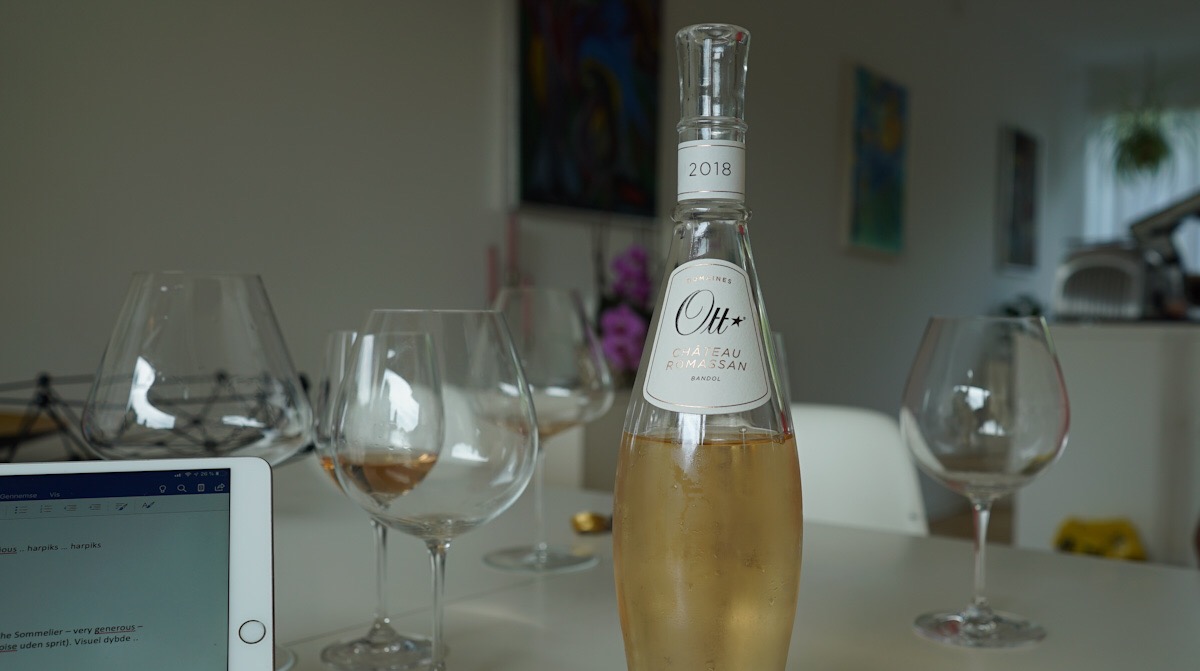
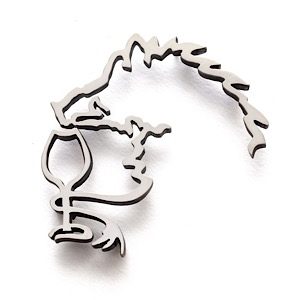
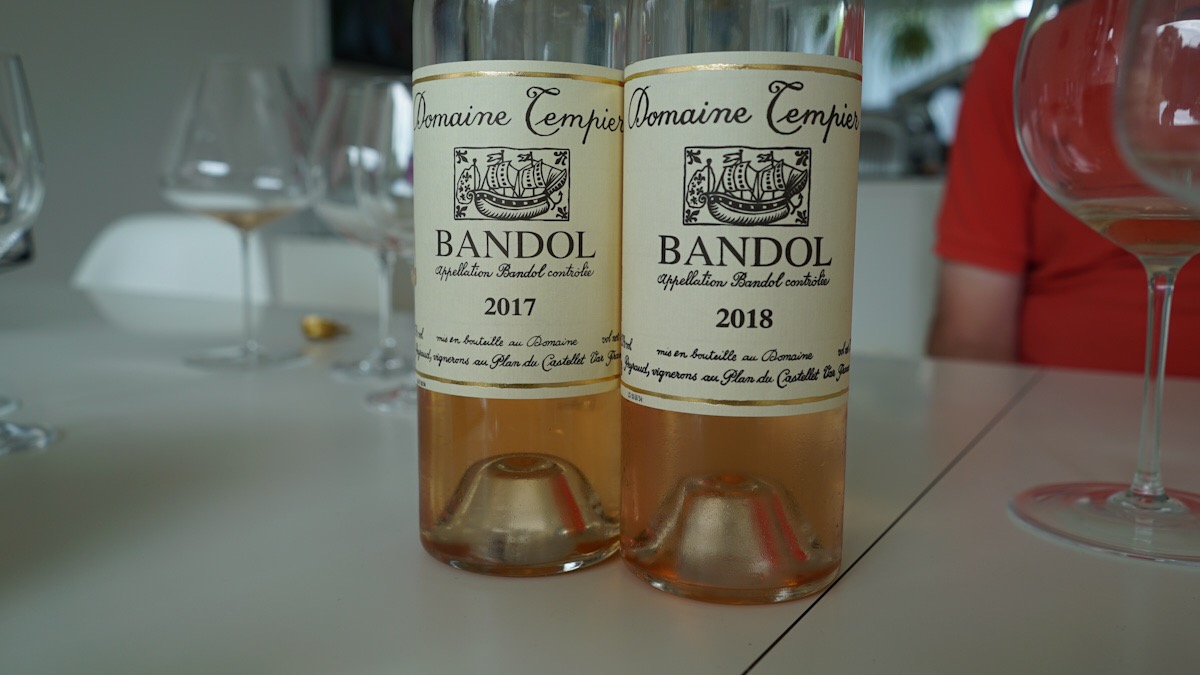
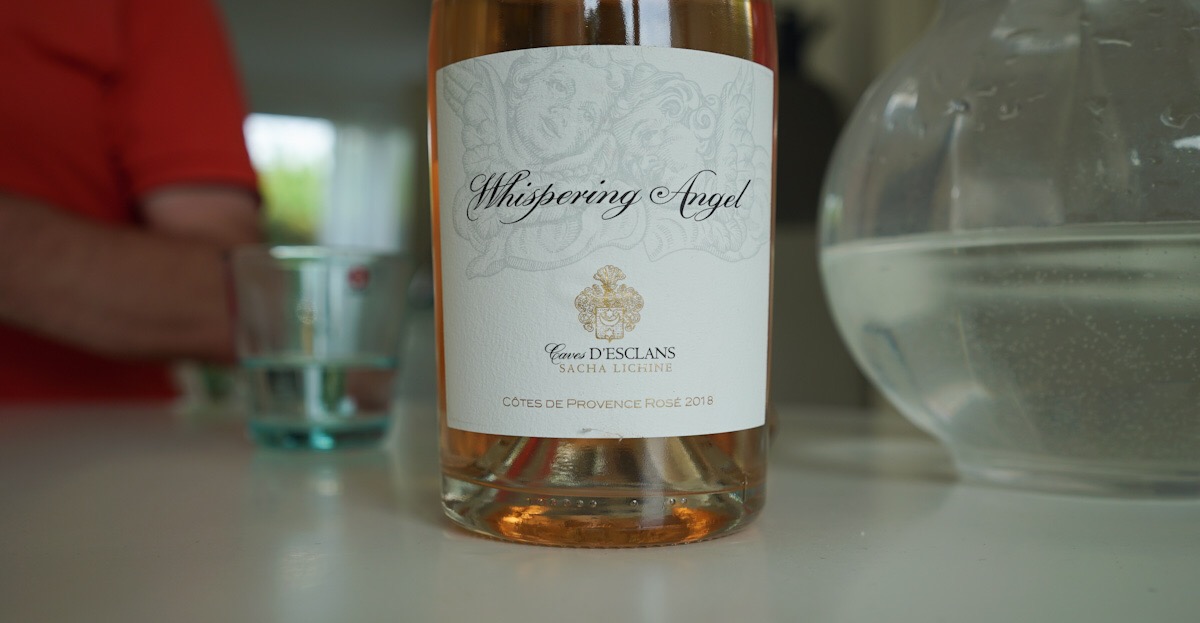
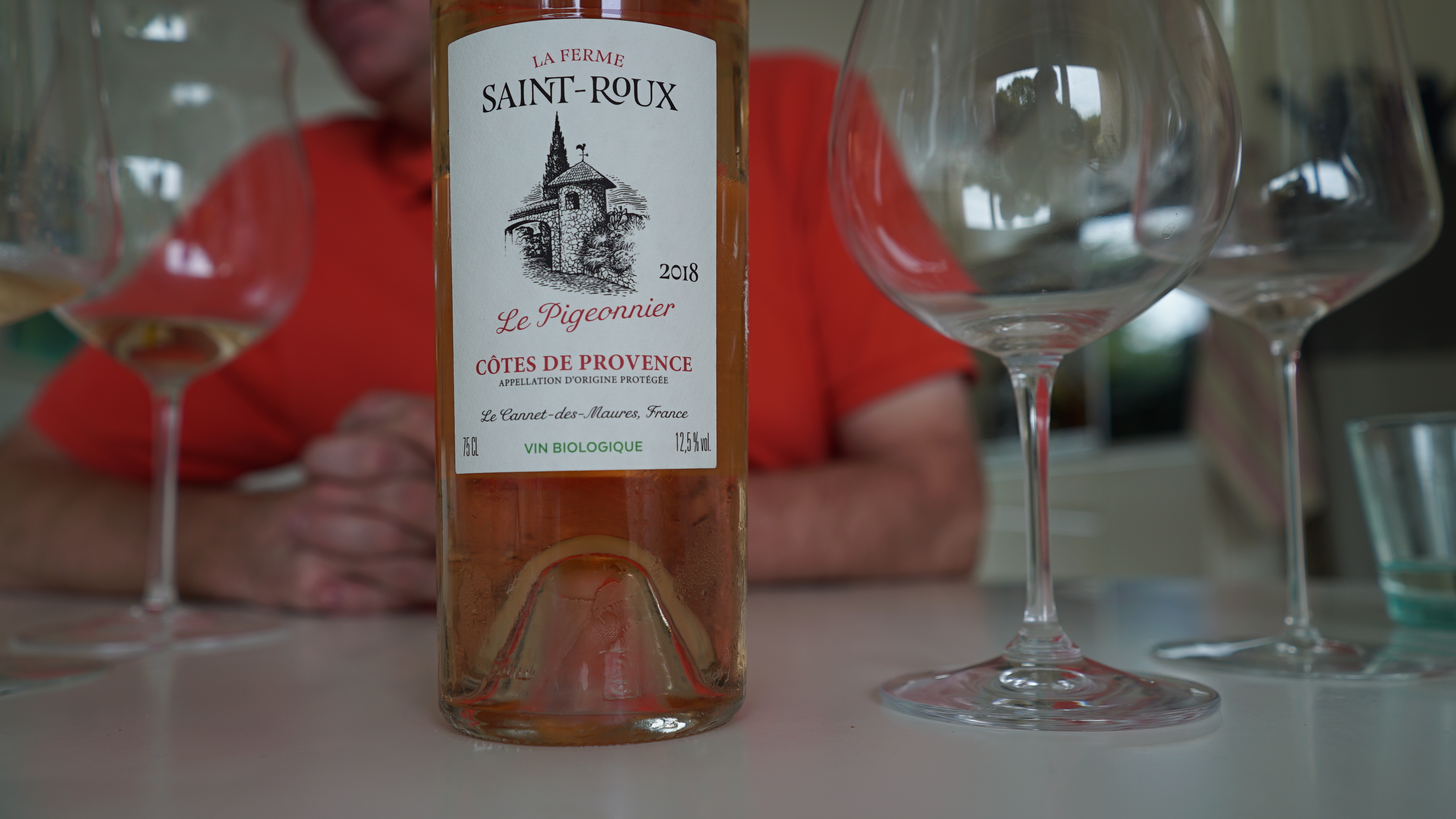
 - A true vin d’émotion – a Burgundy of passion
- A true vin d’émotion – a Burgundy of passion - A truly hedonistic wine – lively and enjoyable
- A truly hedonistic wine – lively and enjoyable - A vivacious wine for pure indulgance
- A vivacious wine for pure indulgance - A potential vin d´émotion - frais et léger
- A potential vin d´émotion - frais et léger